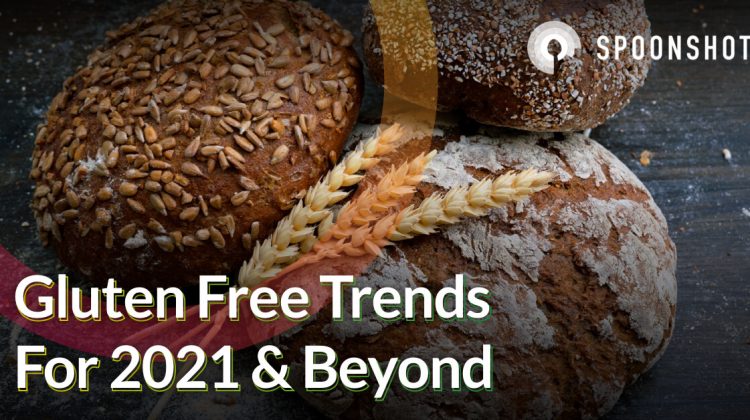
2021 is already looking up and gluten-free trends have been on the rise mostly due to an increased demand in consumer interest.
Seven years ago, someone started a petition on Change.org asking Nabisco to make gluten-free Oreos, and now it looks like their wish has come true. The world’s best-known cookie has finally launched its gluten-free variants and by most initial accounts, they’re pretty good and taste just like the OG. They are made from white rice and whole oat flour instead of wheat flour, giving people with gluten sensitivities and celiac disease the chance to find out what all the fuss is about.
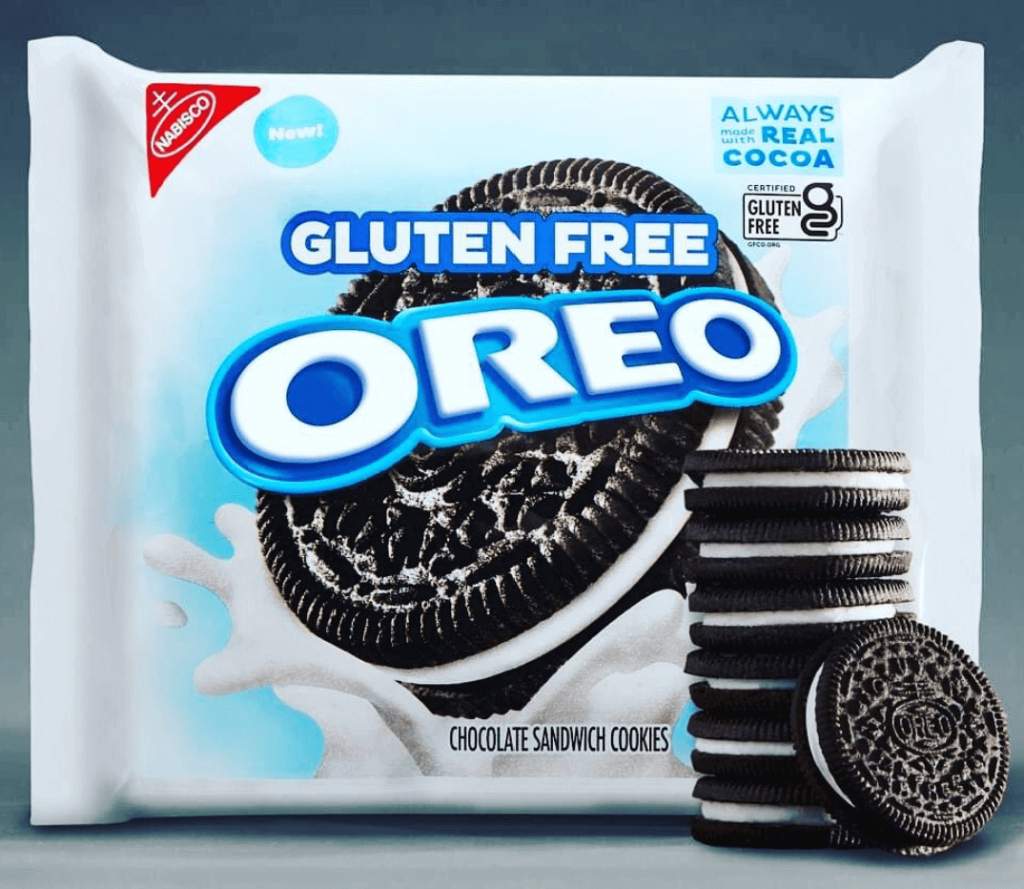
Table of contents
The rise and rise of gluten-free trends for 2021 & beyond
The gluten-free claim’s growth has been nothing short of meteoric, with consumer interest in gluten-free nearly quadrupling over the last decade. This was once a niche claim aimed at people with celiac disease or gluten allergies, who had to shop at specialist stores to get products and ingredients suitable for their needs. Over the years, spikes in interest for gluten-free has coincided with consumers aligning themselves with healthy eating, clean eating, and the rising popularity of grain-free/low carb diets like paleo and keto.
Consumer interest in gluten-free foods has gone up by 288% since 2012, US

The result: gluten-free is now more or less a mainstream feature, holding its place among the top 10 topics of conversation on social media and as one of the leading claims in retail. Around 10% of food and drink launches in the US call out their gluten-free credentials on pack, whether it’s relevant or not (I’m looking at you, coconut water).
Gluten-free launches broken down by product category, US
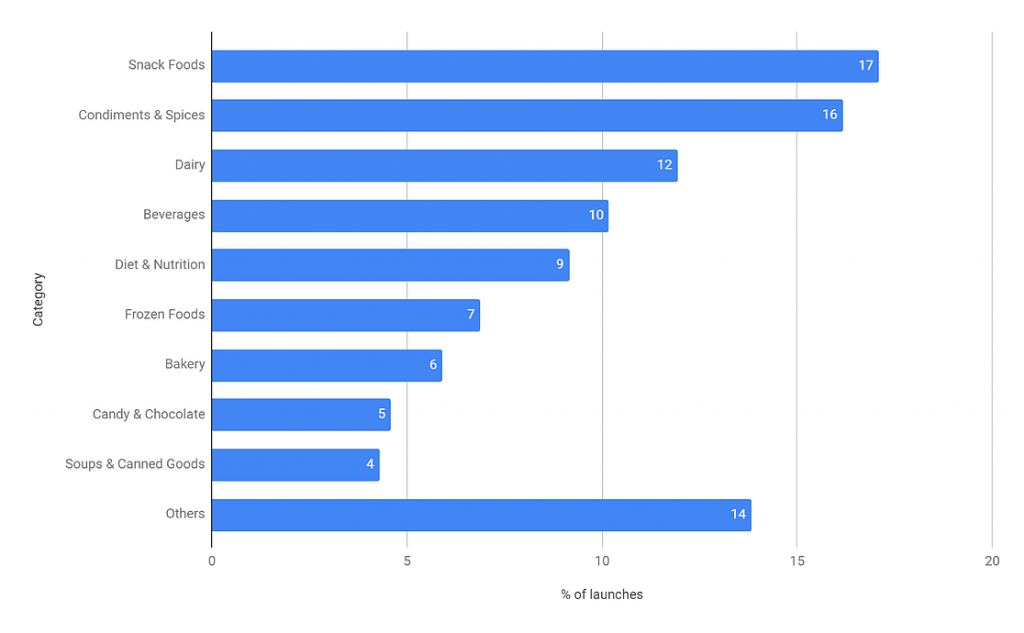
In fact, the bulk of products highlighting gluten-free are traditionally ones that don’t tend to have gluten in the first place.
13% of dairy products carry a gluten-free claim, even though grains are not a major ingredient in this category. In categories where gluten-based ingredients play a pivotal role in the cooking process, like bakery and biscuits/cookies, the share of gluten-free products is lower (at 6% and 8%, respectively).
The relatively low share of gluten-free baked goods, along with the excitement over the Oreo launch, shows us there is tremendous potential for more baked goods that are part of gluten-free trends. We’re only going to see more of these products in retail in the coming years as gluten-free, grain-free flours and mixes become more widespread and easier to use. Gluten-free bakery products often have a reputation of not having a great taste or texture, so we will also see blends of different flours that help to improve these aspects.
Also Read: 5 Current Trends in Food Service Industry
Alt-flour power
Last year, home baking saw a bit of revival as the pandemic forced people to stay at home. Home baking had been losing some of its sheen since after the 2008 recession when scratch cooking had grown significantly as consumers looked to curb their spending. Over the last five years, there has been easier access to readymade foods and food delivery services have exploded.
During the initial months, baking became such a popular activity that there were actually flour shortages, forcing people to use whatever they could get their hands on, including gluten-free flours. Our data shows that consumer interest in almond flour has grown by 102% in the US since 2019.
Interest in home baking among consumers grew 23% over the last year, US

The main go-to flour options for gluten-free baking have been almond or coconut flours, mainly because these are also sought after by consumers following keto, paleo, or low-carb diets. But there are numerous emerging options for alternative or gluten-free flours that could grow the space of “flourless” baked foods.
A few of these alt gluten-free flours to watch out for include the following:
Jackfruit flour
Okara flour
This product is harvested from the pulpy byproducts of soy milk or tofu production. Wet okara is first dried and then ground into a fine, shelf-stable flour that can be used to make baked goods.

Amaranth flour
This flour can be used to make bread, cake, and pasta among others. It is high in fiber, protein, and a number of micronutrients. There is some indication that it could help reduce the risk of heart disease.
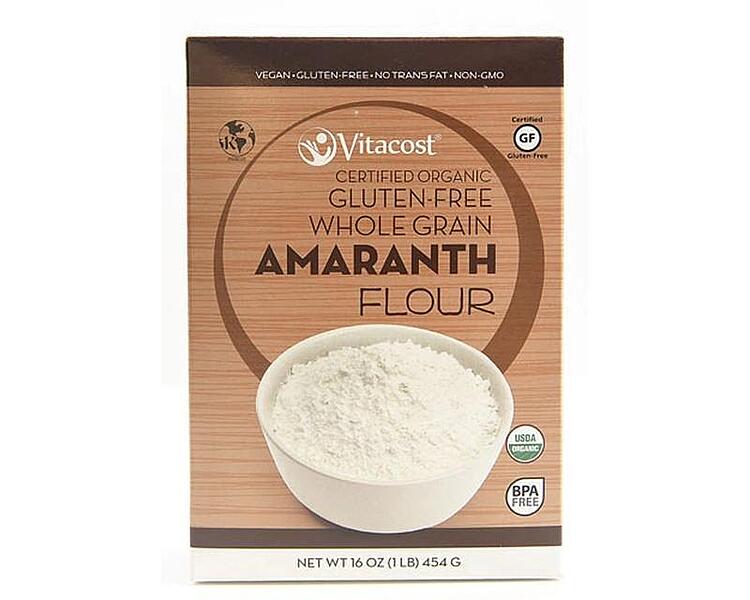
Breadfruit flour
Very similar to jackfruit, this flour has been made into gluten-free pasta (read more about breadfruit here)
Coffee cherry flour
Dried coffee cherry flour is extremely versatile and can be incorporated into a range of baked goods, including cakes, cookies, tortillas. The flour is high in dietary fiber, antioxidants, and micronutrients.
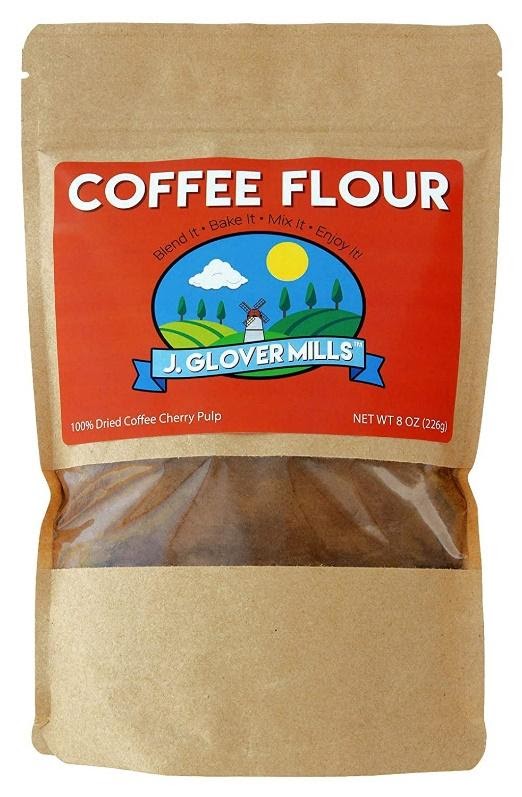
Orange byproduct flour
Researchers have developed a flour from orange peels and parts left over from juice production called orange byproduct flour (OBPF). Orange peel and pomace are said to be much richer in dietary fiber, phenolic compounds, and antioxidants than the fruit. This flour has been used to make cookies, replacing wheat flour, without any significant influence on the properties of the cookies.
As the consumer demand for gluten-free grows, we expect to see many more ingredients being experimented with to get the right taste and texture than can be enjoyed by anyone with any reason to avoid gluten.



Leave a Reply